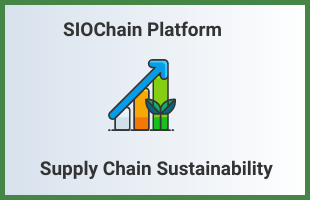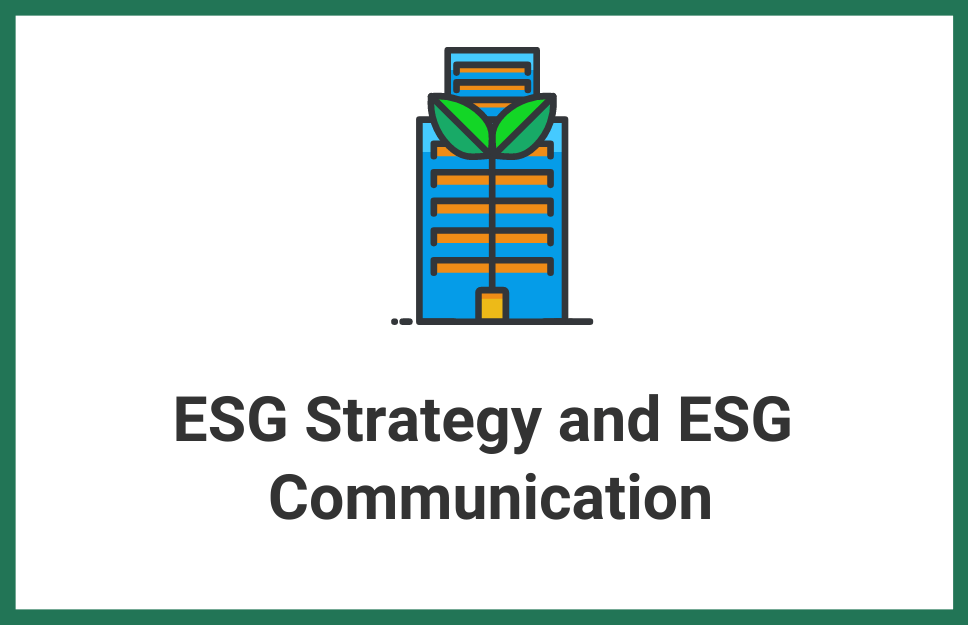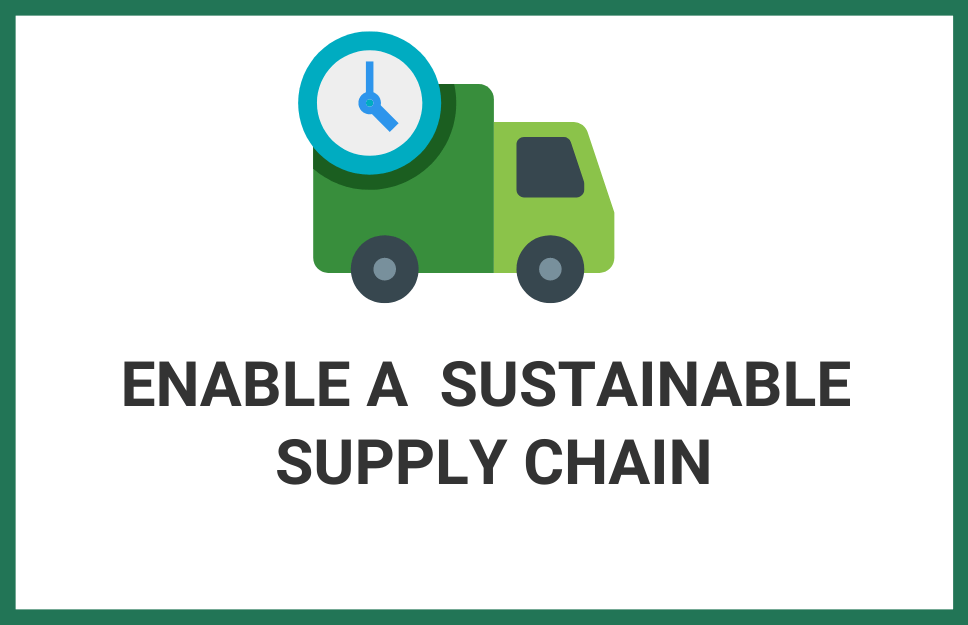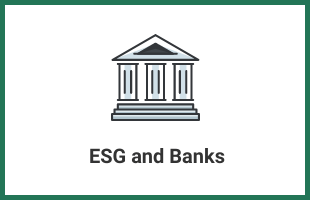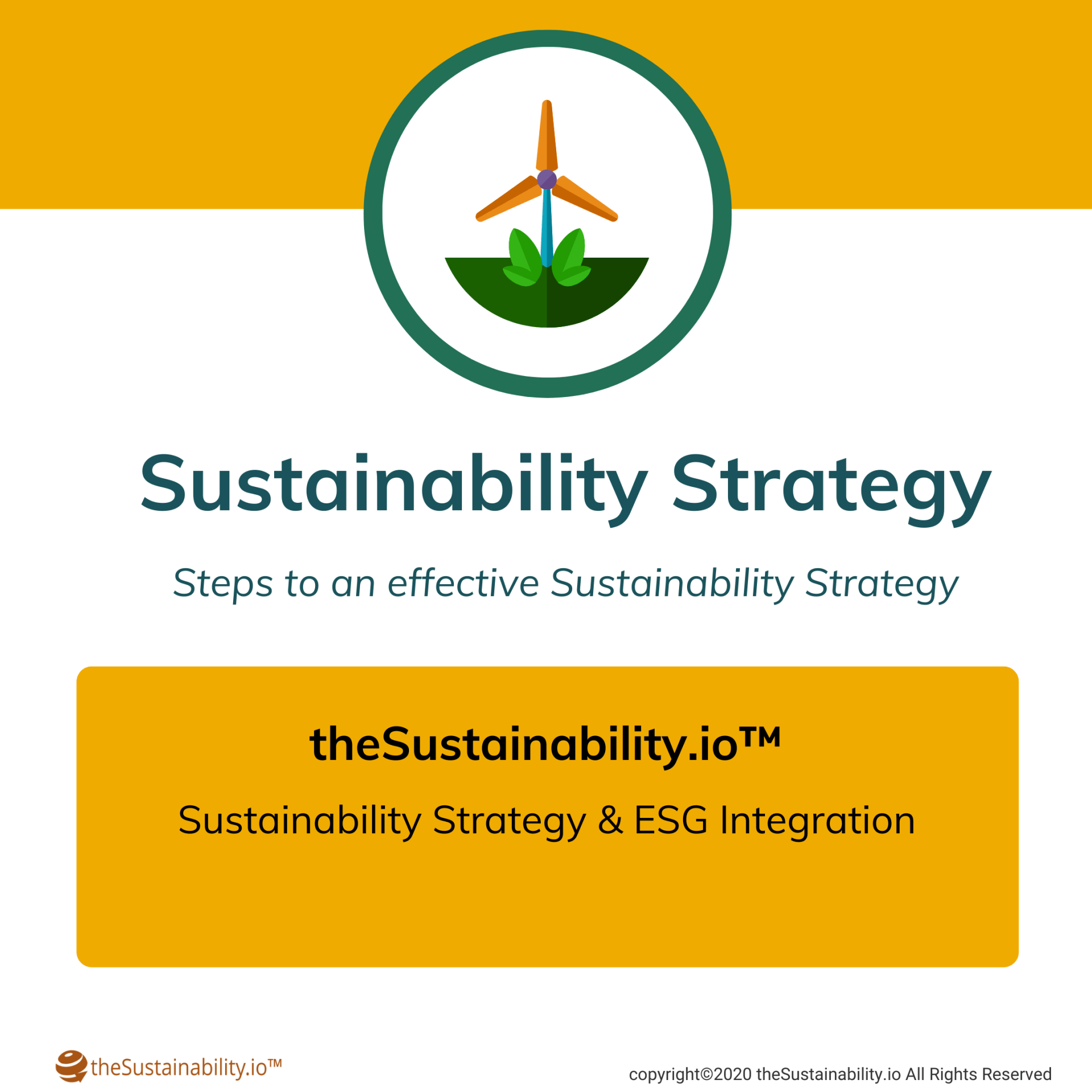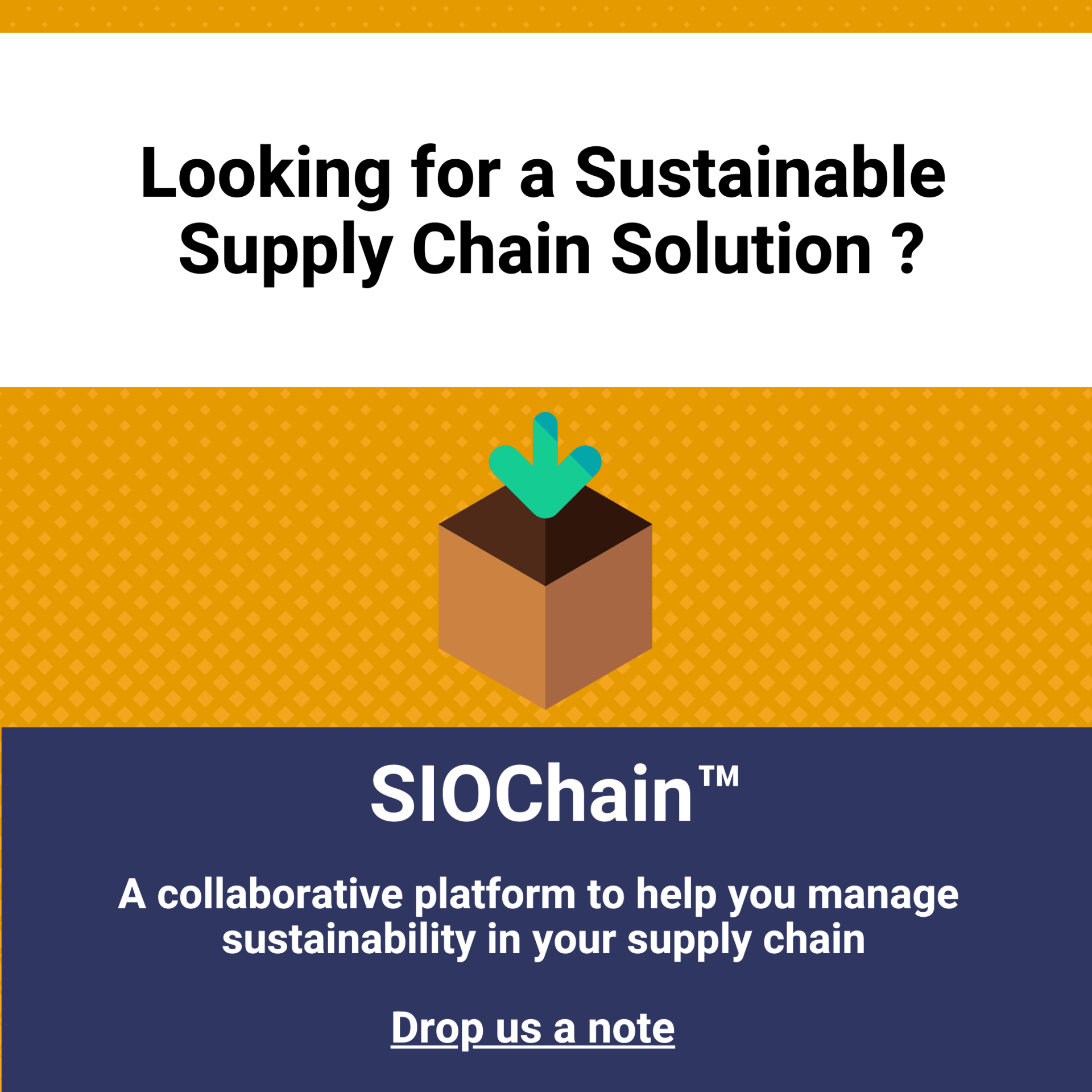ESG in private equity – grasp the opportunity
Private equity firms can embrace ESG through the lens of value creation
It's a domino effect
Most private equity investments stem from institutional investors or from capital commitments from other external financial institutions (limited partners). Other contributions to private equity firms comes from accredited investors for funds, or large endowments.
In the current environment, most of the financial institutions, investors or endowments have their own ESG commitments, and they are likely to focus on private equity firms with similar goals or aligned ESG practices. This is imperative for investors and limited partners as they may be (or rather will be) subjected to audits and regulatory compliance where they need to show the flow of funds to ESG driven projects.
Moreover, limited partners want to offer clear ESG communications to stakeholders and so have a desire to choose investments that make a positive contribution.
Henceforth, private equity firms are required to have an ESG strategy which is aligned to the limited partner’s ESG focus. The domino effect, then further pushes the portfolio companies and other private equity investments to adhere to ESG standards which, by now, would be at the core of the value chain.
ESG opportunities and value generation
There are many ways private equity firms can bring in ESG bring into their business mix or business model. The key, however, is to choose a path that will generate maximum value for the investors while they get aligned to the ESG practices.
ESG in existing investments : ESG opportunities, particularly environment friendly opportunities exist in every business. Private equity firms can influence the portfolio companies to follow ESG practices or identify new environment friendly opportunities in the existing business model. See here how business can embed ESG in their business model.
Impact funds: There could be various reasons a private equity firm may not be able to transition to ESG focused practices. These reasons such as limitations to the existing fund structure, business limitations of portfolio companies, etc. In this case, development of a new fund such as an Impact fund could be a great opportunity. Impact funds are created to capitalize on investments made with intention to generate positive, measurable social and environmental impact alongside a financial return (See example here). This allows private equity firms to formulate an ESG focused investment model, without disrupting immediate business.
Hybrid approach: A hybrid approach allows the private equity firms to continue working with existing portcos while they continue to identify new opportunities, particularly through a new fund or Impact fund strategies. A hybrid approach can send a very strong signal to LPs and stakeholders on private equity firm’s commitment to ESG practices, however it can also present strategic and resource challenges on the way.
ESG opportunities and value generation
Private equity firms have commitments on investment returns, and hence it may not be that simple to align with ESG standards or embed environmentally friendly investments, particularly with the already and current investment structure or portfolio companies.
Although challenges remain to accurately monitor and measure ESG, a thoughtful approach to ESG integration is becoming a must-have for LPs and GPs—so much so that future deals and investments could be jeopardized if such considerations are absent. LPs and GPs can take advantage of a growing number of tools and options as they plan concrete strategies, set priorities, balance environmental and DEI initiatives, and conduct ongoing evaluations to monitor ESG progress
There are strategic ways to overcome these challenges, particularly through stakeholder engagement along the value chain, both upstream (LPs) and downstream (portcos). Connect with us to know more on how we can work with you.
How can we help
theSustainability.io (TSIO) is a growth company that delivers Sustainability and ESG Solutions to corporations, companies, and investment firms.
Combining a unique expertise in technology, data and an in-depth knowledge of an ESG ecosystem, the technology solutions and services deliver on transparency, trust and reliability between corporations and investors, primarily to aid the flow of capital to corporate and companies ESG initiatives while showcasing business value to sustainable investors.
Reach out to us for any ESG related query or learn about SIOChain – a unique platform developed by theSustainability.io to enable supply chain sustainability. For any questions, comments or enquiries, please connect with us at theSustainability.io contact us page.
Reach out to us
